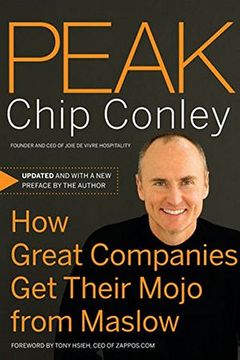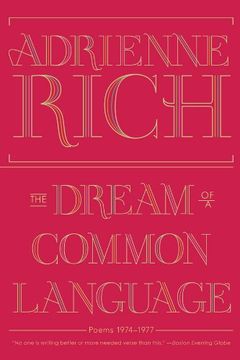5 books on the list
Sort by
Latest Recommendations First
Layout
This iconic nonfiction work by a renowned prose stylist captures the essence of 1960s America, with a focus on California. The author explores topics such as John Wayne, Howard Hughes, growing up in California and the nature of good and evil. However, the heart of the book lies in its vivid portrayal of San Francisco's Haight-Ashbury district, which was the epicenter of the counterculture movement.
Recommended by
Kara SwisherExplore how one CEO revitalized his struggling hospitality company by applying psychologist Abraham Maslow's iconic Hierarchy of Needs. Discover how his company overcame economic hardships by focusing on key Relationship Truths with employees, customers, and investors. This book offers part memoir, part theory, and part real world application, providing examples from other companies and offering insights on how to understand motivations in order to build better relationships and develop a profitable corporate culture.
This spiritual classic offers life-changing tools for transforming suffering and negative patterns into ease and joy. Drawing from traditional Buddhist wisdom, the author shows that moving towards painful situations and becoming intimate with them can open up our hearts in unexpected ways. A must-read for those seeking personal growth and resilience.
Liz Lambert
The Dream of a Common Language is a book that explores the complexities of a woman's heart and mind through language that is accessible to all. Its verse is both plain and noble, with moments of humor and profound thought. This book is a must-read for anyone seeking to delve into the inner workings of the female psyche.

A Pattern Language
Towns, Buildings, Construction (Center for Environmental Structure Series)
Discover a new language for designing environments in A Pattern Language. This book provides over 250 patterns to solve common design problems, from the height of a window sill to the amount of green space in a neighborhood. Explore the philosophy that humans rely on language to articulate and communicate design ideas, and learn how to create coherence in your own designs. This book is an essential resource for architects and designers alike.



